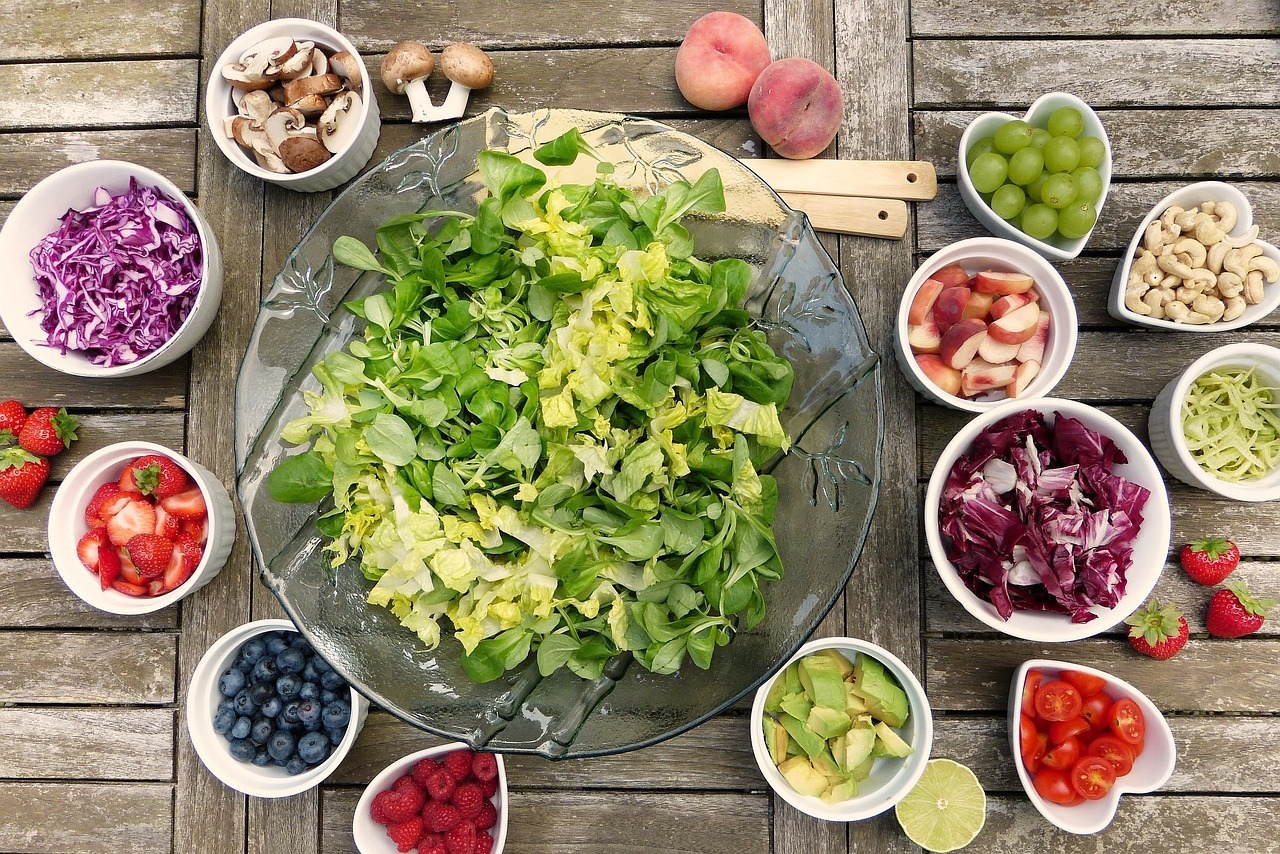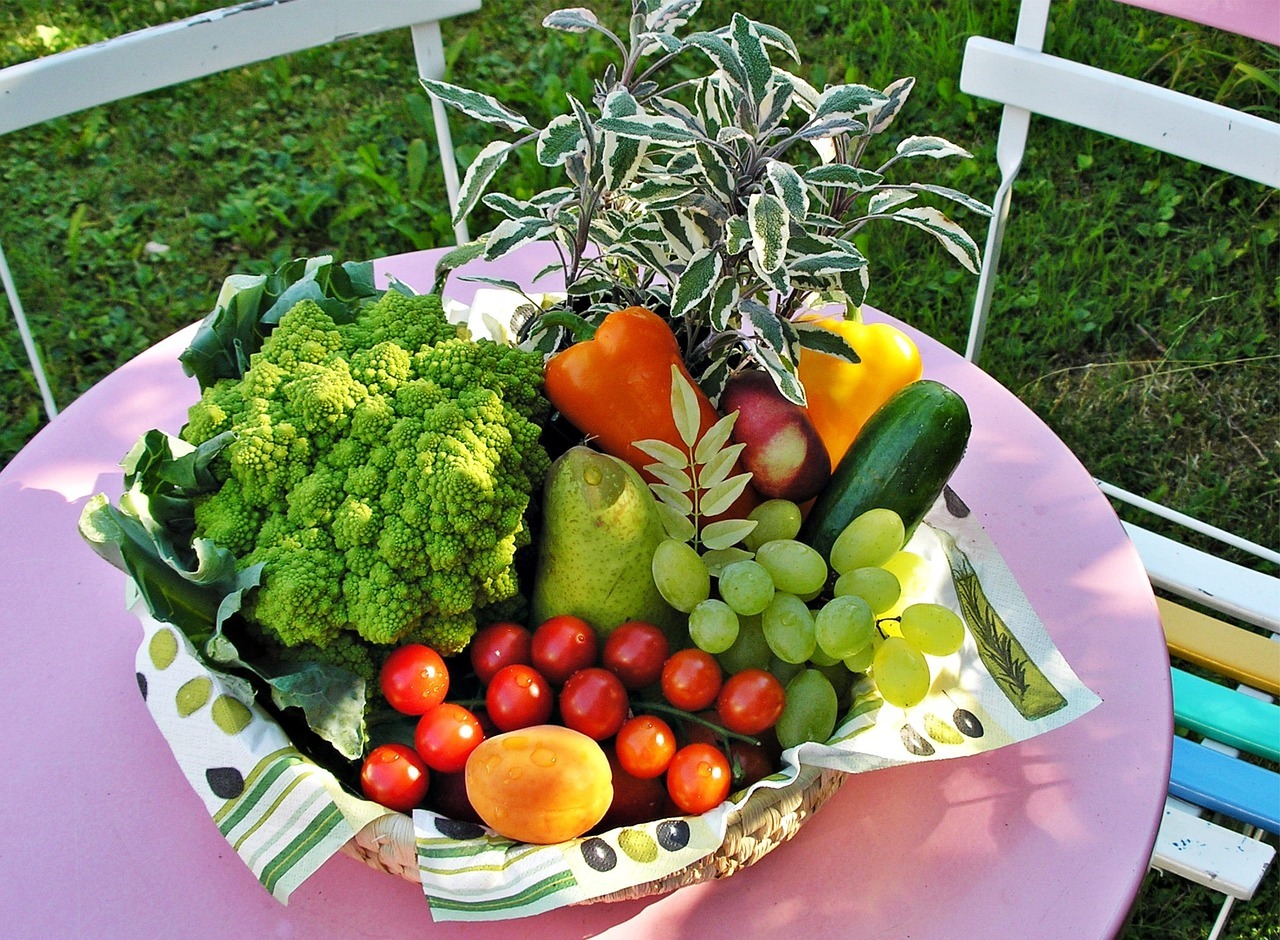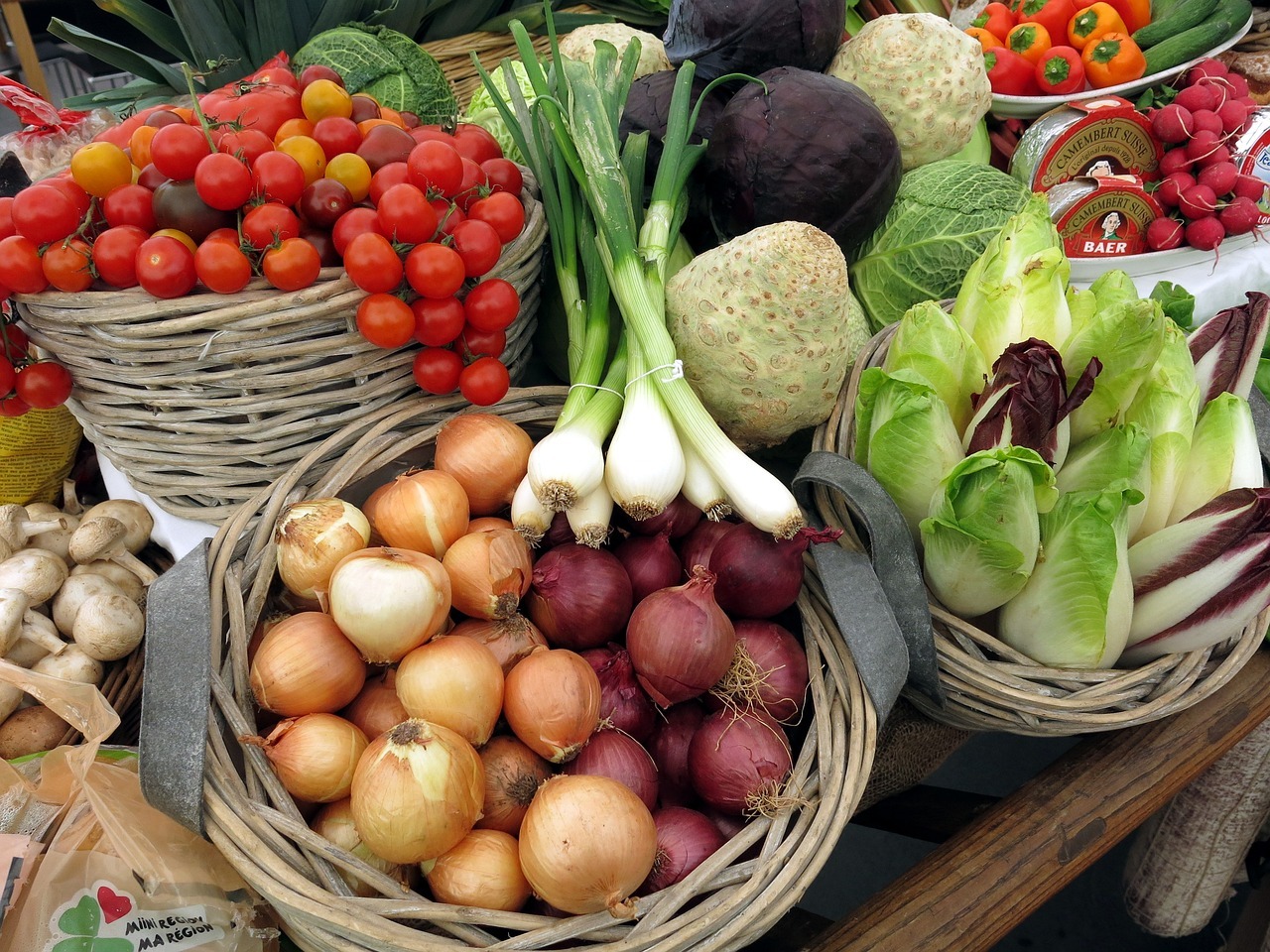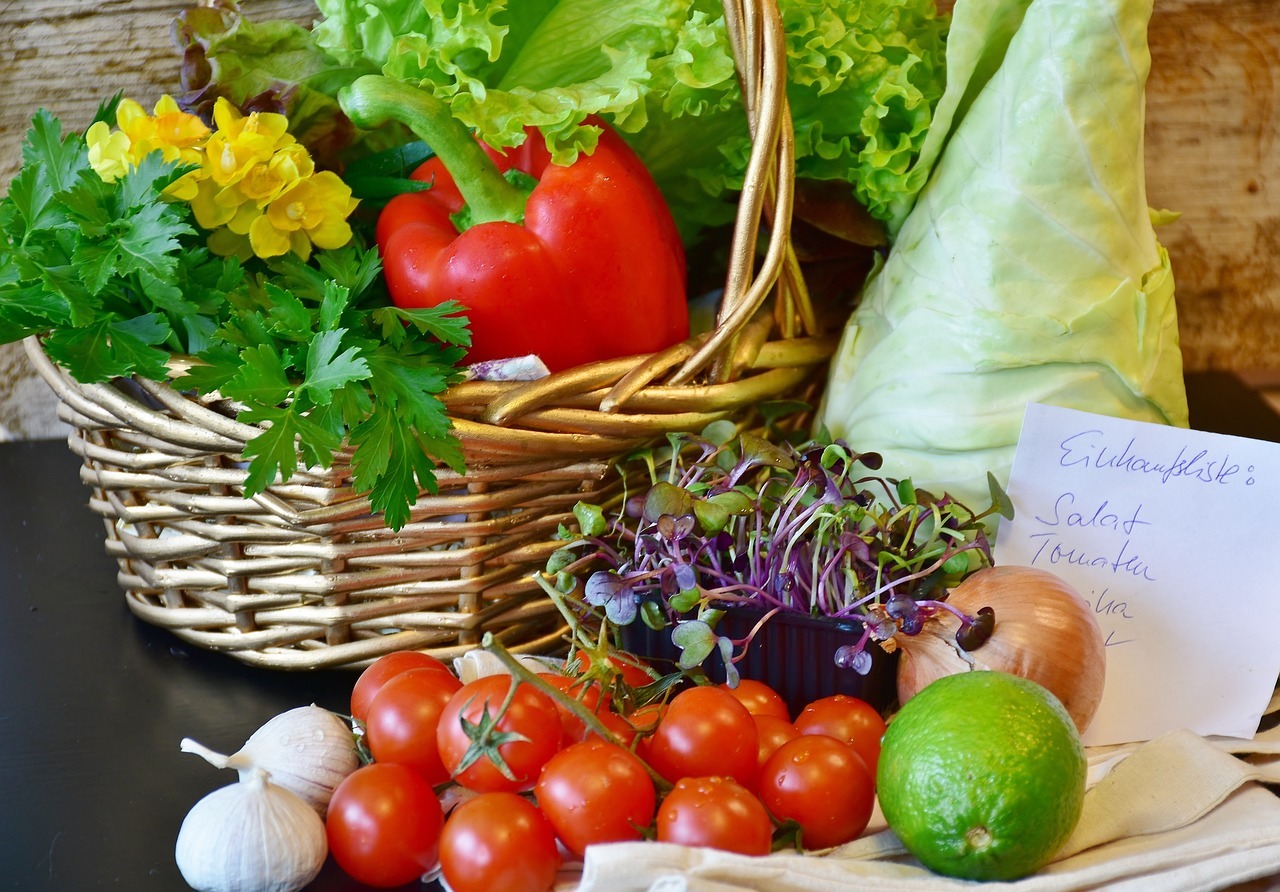Eating fresh and local vegetables year-round can be a challenge, especially if you live in an area with harsh winters or limited access to farmers markets. However, incorporating fresh and local produce into your diet can have numerous health benefits, as well as support your local economy and reduce your carbon footprint.
In this guide, we will explore ways to enjoy fresh and local vegetables throughout the year, including tips for sourcing produce during winter months, preserving and storing vegetables for longer periods, and creative recipes that will keep your taste buds satisfied.
Understanding Seasonality
The availability of certain vegetables is determined by the changing seasons and weather patterns, which can influence plant growth and crop yields. Farmers who understand the seasonality of vegetables can make informed decisions about when to plant, harvest, and sell their crops. Consumers who understand the seasonality of vegetables can make informed choices about what produce to purchase based on freshness, taste, and nutritional value.
Determining what vegetables are in season in your area can be a challenging task, but it is essential if you want to enjoy the freshest and most flavorful produce possible. One of the best ways to determine what vegetables are in season is to visit your local farmer’s market. Here, you can speak directly with the farmers and vendors and get a good sense of what is currently available.
Preserving Fresh Vegetables
Preserving fresh vegetables is a vital practice for maintaining the nutritional value and quality of produce for extended periods. There are several methods of vegetable preservation, including canning, freezing, pickling, and dehydrating. The method chosen depends on the type of vegetable and the desired end use.
Canning involves heating vegetables in jars to kill microorganisms and sealing them to prevent spoilage. Freezing involves blanching vegetables to stop enzyme activity and freezing them to maintain texture and flavor. Pickling involves soaking vegetables in vinegar and spices to create a tangy and flavorful product. Dehydrating involves removing moisture from vegetables to extend their shelf life.
Proper preservation techniques ensure that fresh vegetables remain safe, flavorful, and nutritious for consumption.
Seasonal fruits and vegetables to check out
If you are on the lookout on when your favorite fruits and vegetables become in season, here’s a list to check:
Available all year
Year-round availability of certain vegetables and fruits have made it possible for healthy and varied diets to be maintained throughout the year. Cranberries are a good source of antioxidants and vitamin C, while mushrooms are rich in vitamin D and B vitamins. Potatoes are high in potassium and dietary fiber, which are essential for a healthy digestive system. Cabbage is rich in vitamin C and K, and is a great source of fiber. Greenhouse vegetables such as tomatoes, cucumbers, and bell peppers provide essential vitamins and minerals all year long.
May
The month of May meanwhile brings with it an abundance of fresh produce, including two highly sought-after vegetables – asparagus and fiddlehead ferns. Asparagus, with its delicate flavor and crisp texture, is a versatile ingredient that can be grilled, roasted, sautéed, or even eaten raw. It’s also packed with essential nutrients, including vitamin K, folate, and fiber.
Fiddlehead ferns, on the other hand, are a seasonal delicacy with a distinctive taste that is a cross between asparagus and green beans. These curly, bright green shoots are a good source of antioxidants and vitamin A, making them a healthy addition to any dish.
June-July
Berries such as strawberries, blueberries, and raspberries are at their peak, providing a sweet and refreshing addition to any meal or snack. Fresh greens such as lettuce, spinach, and kale are also abundant and perfect for salads or as a side dish.
June also brings about the start of the summer squash season, including zucchini and yellow squash, which can be grilled, sautéed, or roasted. Lastly, tomatoes, cucumbers, and bell peppers are plentiful and perfect for creating fresh and healthy dishes.
August-September
Some of the most popular fruits available in August and going towards September include apples, peaches, plums, nectarines, and melons. These fruits are not only delicious but also provide a healthy dose of vitamins and minerals. Vegetables that are in season in the months of August and September include sweet potatoes, and peppers.
Winter months
Among the winter fruits that are in season are citrus fruits like key limes, grapefruit, blood oranges, and clementines. These citrus fruits are packed with vitamin C and antioxidants that help boost the immune system and fight off infections. Along with citrus, winter vegetables such as turnip, celery root, broccoli, rutabagas, and collard greens are abundant during this time.
Indoor Gardening
Indoor gardening for vegetables refers to the practice of growing crops within the controlled environment of a building, typically a home or greenhouse. This method of gardening allows for year-round cultivation of vegetables without being affected by external factors such as weather conditions, pests, or soil quality. The process involves using artificial lighting, soilless mediums, and controlled temperature and humidity levels to create an optimal growing environment for various vegetable crops.
Indoor gardening for vegetables has numerous benefits that make it an appealing option for many gardeners. First, it allows for year-round gardening and the ability to grow fresh produce in any season.
Also, indoor gardening provides greater control over the environment, including temperature, humidity, and lighting, which can lead to healthier and more productive plants. It allows for the use of organic and sustainable gardening practices, as there is no need for pesticides or herbicides. Furthermore, indoor gardening can be done in small spaces and can even be incorporated into home decor.
Community Supported Agriculture (CSA).
Community Supported Agriculture (CSA) is a mutually beneficial relationship between farmers and consumers. CSA programs are designed to provide consumers with access to fresh, locally grown produce while supporting the financial sustainability of small-scale farmers. In a CSA program, consumers pay a fee or subscription upfront for a share of the farm’s seasonal harvest. This allows farmers to have a reliable source of income and a predictable market for their crops.
CSA programs also encourage consumers to develop a closer relationship with the farmers who grow their food, fostering a sense of community and promoting a deeper understanding of local agriculture.
Farmer’s Markets
For those seeking to enjoy fresh and locally sourced vegetables year-round, shopping at farmers markets is a great option. These markets offer a diverse selection of seasonal produce, often grown by small-scale farmers in the surrounding area. By purchasing from these vendors, consumers can not only support their local economy, but also reduce their carbon footprint by reducing the distance their food travels.
To fully enjoy the benefits of farmers markets, it’s important to know what produce is in season and to shop regularly to ensure the freshest options. Building relationships with vendors can also lead to insights on cooking and preparation methods, as well as special deals on produce.
Conclusion
Seasonal vegetables are those that are naturally grown and harvested during specific times of the year. Knowing the season for each vegetable can provide an opportunity to work with the freshest ingredients and showcase the best flavors. It also allows chefs and restaurateurs to create menus that change with the seasons, providing diners with a unique dining experience. In addition, purchasing vegetables in season can be cost-effective as they are often more abundant and less expensive.
You can check with your local agricultural extension office, which can provide information on what grows best in your area and when it is typically harvested. Finally, you can also consult online resources, such as seasonal produce guides or blogs focused on local food and farming.




